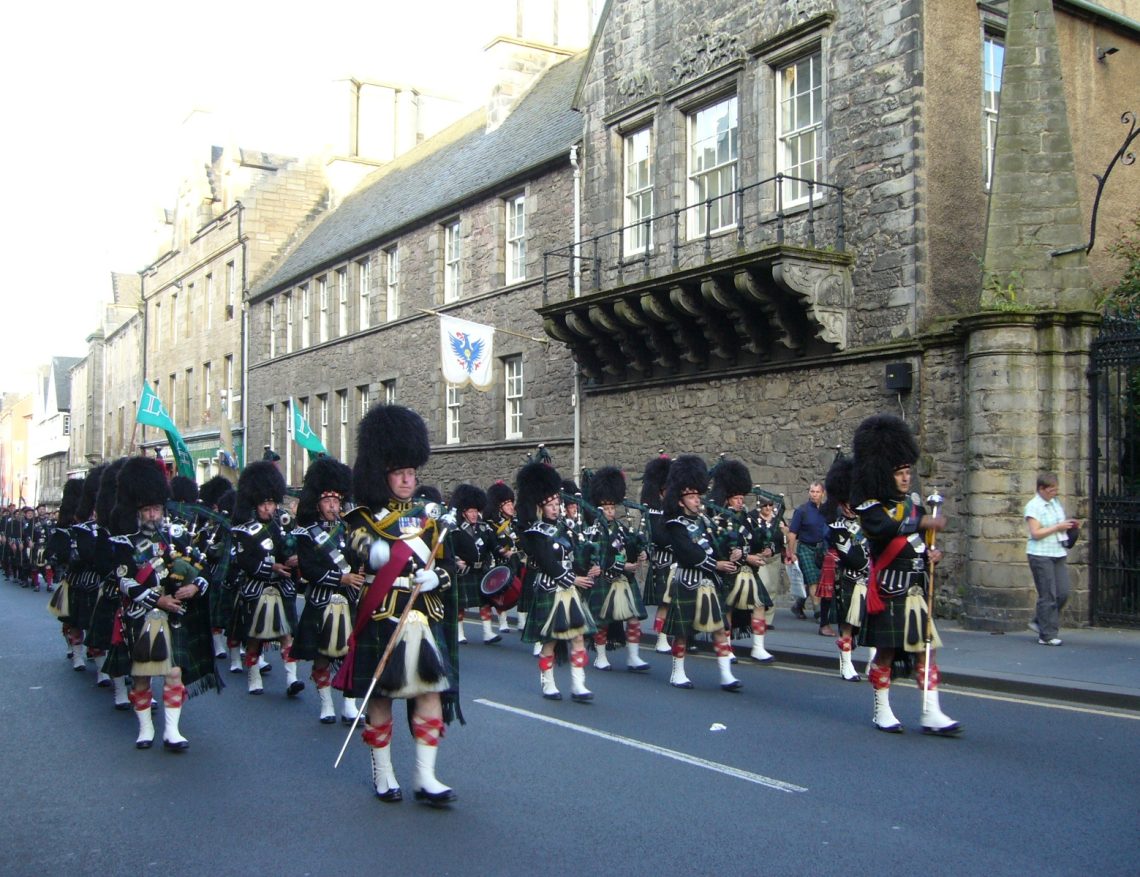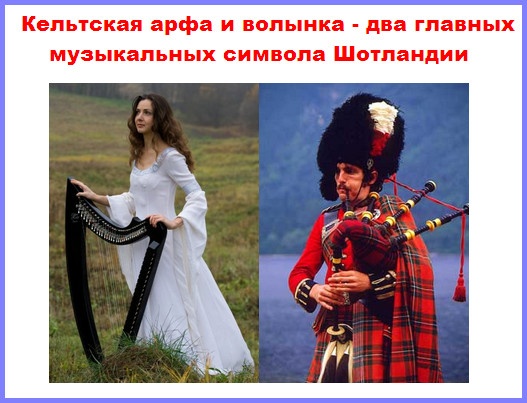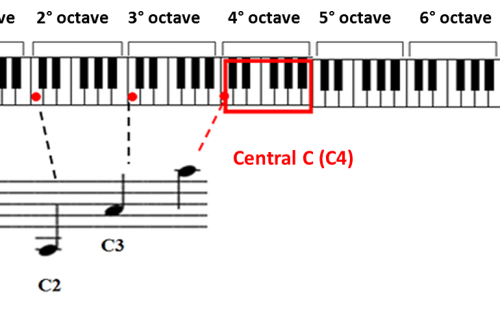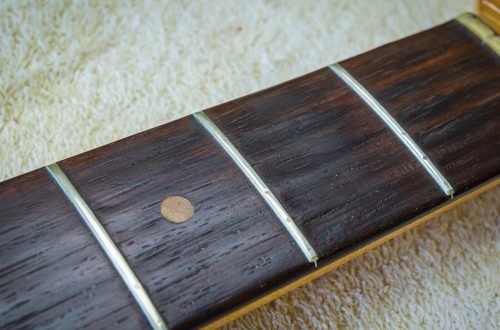
Scottish folk music
Contents
This material is dedicated to Scottish folk music – its folklore, songs, dances and national musical instruments.
Features of the culture of Scotland are largely determined by its geographical location and history. Turbulent political events (centuries-old wars with England) were reflected not only in the official art of the state, but also in folk art. So, for example, in the northern parts of the state, the English influence was minimal, and therefore the folklore there is more original. But the southern regions of the country experienced the direct influence of a neighbor, which is why they are characterized by a certain mixture of styles.
The long struggle for independence, the harsh living conditions determined the worldview of the Scottish people, which can be traced through the themes of folklore.
Themes in Scottish folklore
First of all, the songs glorified the exploits of knights, knights and, finally, ordinary fighters for freedom from English dependence. In second place can be put the so-called labor songs dedicated to the difficult everyday life of farmers.
Often people retold events, stories from their own lives or incidents that occurred in a village, village, district in a musical form. Among the entertaining plots, one can note the glorification of the “exploits” of forest robbers, the praise of free life, as well as ridiculing unsuccessful love affairs.

Scottish folk songs
In accordance with the above themes, one can distinguish different types of songs in Scottish folk music: heroic and robber ballads, lyrical and labor songs.
Heroic ballads
One of the oldest song genres is the ballad. Ballads are epic songs, i.e. story songs. As a rule, they tell about the struggle of Scotland against the attempts of England to establish its dominance in this country. One of the old songs on this subject is called “The Hunt for Chiviot” (Chevy Chase), which tells about the fight between a Scottish knight and an English knight.
Rogue ballads
Another favorite theme of Scottish musical folklore was the tales of forest robbers: Robin Hood and his associates. The popularity of this character was so great that, probably, many believed in its existence. The legends about Robin Hood, like heroic ballads, are imbued with a freedom-loving spirit.
love ballads
But national Scottish music found in its arsenal the means not only for adventure themes, but also for sentimental lyrics. The love ballads of Scotland differ from French chivalric romances in that they describe not the exploits of a knight in the name of a beautiful lady, but the experiences of heroes.
Characters, as a rule, are victims of circumstances, and their suffering became the subject of songs. Sometimes the poet’s fantasy included fabulous, fantastic motifs in the plot. An example of this genre is the ballad “La Belle Anne of Loch Royan”.
Game-song
A prominent place in the folk music of Scotland is occupied by songs associated with the work of farmers and women in the villages. Here, first of all, it is necessary to name the so-called bosi-songs, which were mainly distributed in the north-eastern regions of the country.
Translated from the local language, “bozi” is a hut in which men worked. Working conditions here were very difficult, which determined the nature of this genre. Often the songs did not have a specific meaning, the main thing in them was the desire to convey movement, to create an image of a certain rhythm of work.
felting songs
Women’s Scottish labor songs were performed in the process of fulling the cloth. Usually the soloist started the melody, and the rest sang along with her. The text did not differ in any originality and, as a rule, was uncomplicated. The songs were sung in Gaelic, and their music was distinguished by a clear rhythm. In general, such a performance was supposed to brighten up the harsh everyday life of the Scottish countryside.
3 Main Features of Scottish Songs
- The close relationship between the theme of Scottish musical songs and the life cycle.
- A distinctive feature of the country’s folklore is the fighting spirit in the melodies. It is known that very often the heads of the clans ordered musical compositions to the bards, which were supposed to inspire the fighters before the battle with the enemy.
- A clear rhythm and bagpipes as musical accompaniment.
Scottish folk dances
Scottish folk dances are sometimes called “music of movement” for the plasticity and energy of their performance. An indispensable accompaniment is the bagpipe – the national musical instrument.
Highland dance
One of the most common types of dance is the highland dance. The technique of its execution is quite complicated: men jump on half-fingers, which requires special skill. For convenience, they put on special shoes, gili – leather shoes with wooden soles.
Ecossaise, Highland Fling
This is an old form of dance. Unlike Highland, ecossaise involves grace and grace of movement. The dancers stomp, spin and clap their hands to the beat of the music. But the Highland Fling is more militant both in spirit and in technique. Initially, it originated as a war dance before the battle. The performers dance on spiked shields in such a way that they do not injure themselves on their points.
Features of Scottish dances
The nature of the traditional Scottish dance was determined by history itself. Numerous campaigns and endless wars led to the fact that the main advantage in the dance was not the aesthetic side, but the physical elements and the demonstration of good sports training. It is not for nothing that competitions are organized in our time in some dances (for example, in highland fling). In this regard, it is also significant that military marches, echoes of the country’s military past, have become very popular.
musical instruments
At the mention of Scottish musical instruments, in the first place, of course, the famous bagpipe comes to mind – an inside-out goat skin with several pipes. The bagpipe is an indispensable attribute of all musical holidays: both song and dance.
However, another ancient instrument was the Celtic harp, under which bards sang ballads. Also in Scottish folk culture there are harmonica and whistle – a whistle longitudinal flute.
Listen to the melodic sound of the bagpipe
Symbols of culture
Perhaps the main symbol of the folk music of Scotland, undoubtedly, are its musical instruments (bagpipes and Celtic harp) and bards – singer-storytellers who played these instruments. If we talk about traditional images in folklore, then these are the heroes of myths and fairy tales: fairies, mermaids, elves.
The Meaning of Scottish Folklore
Summing up what has been said, it should be noted that Scottish musical folklore is a unique and inexhaustible source on the history and culture of the country for many generations of composers, writers and artists.
No wonder Walter Scott himself at one time showed a serious interest in old ballads, legends and fairy tales. He spent a lot of time collecting and organizing them. The writer was not too lazy and went around the remote deaf corners of the country, independently recording legends and tales from the words of older people. The fruit of his hard work was the creation of a whole cycle of novels about the history of Scotland, which delight readers to this day.
The author is Lyudmila Pashkova





